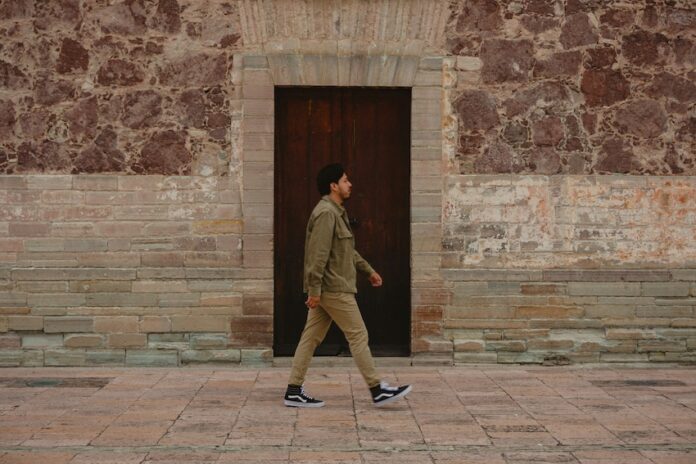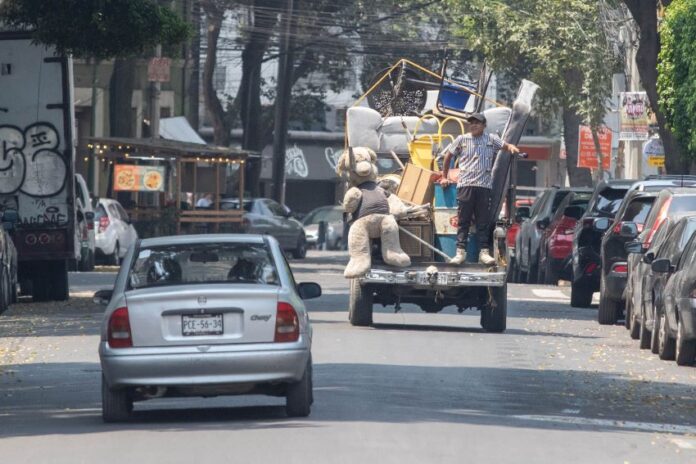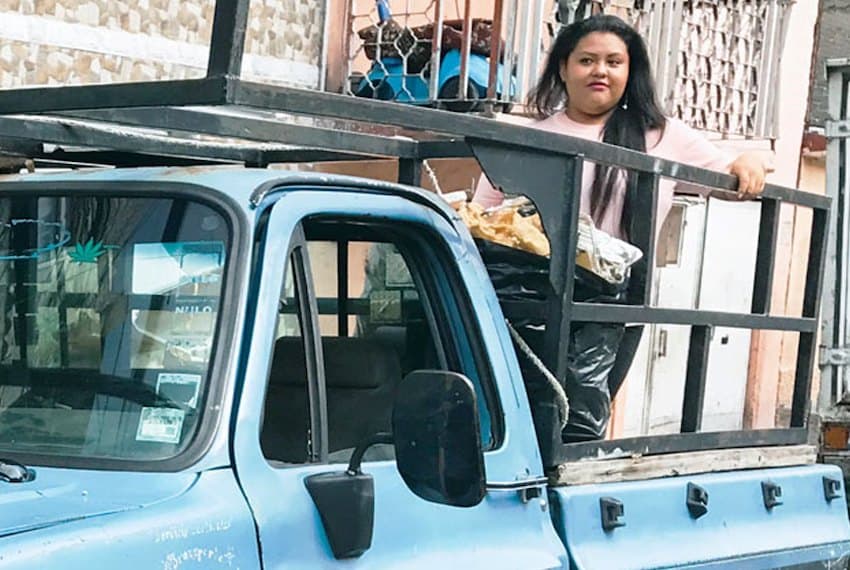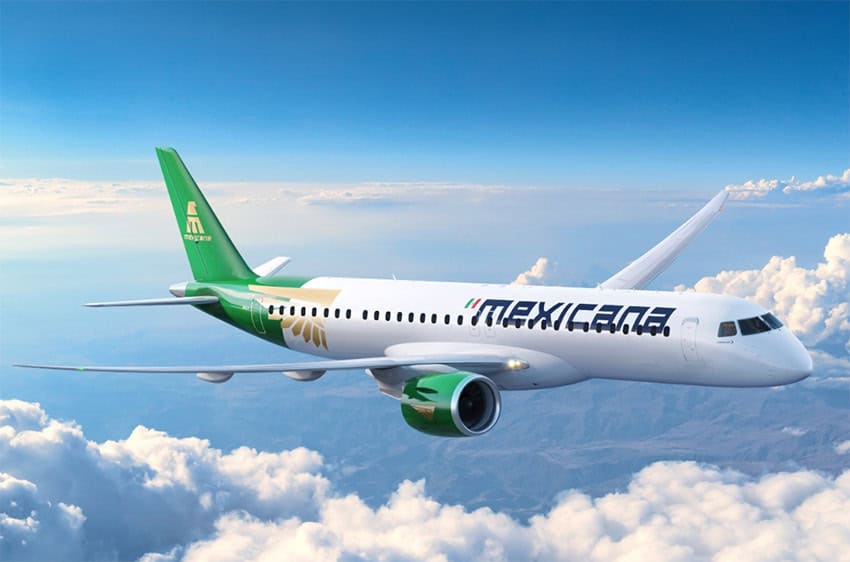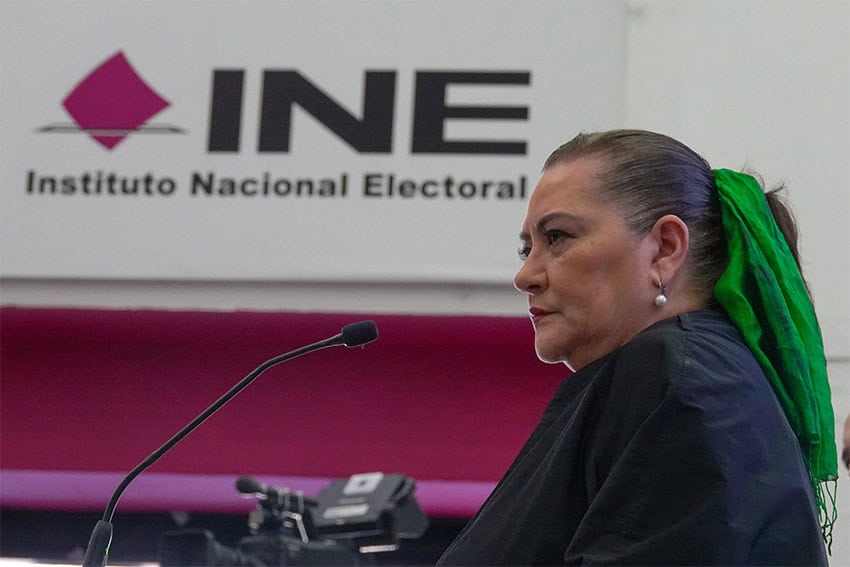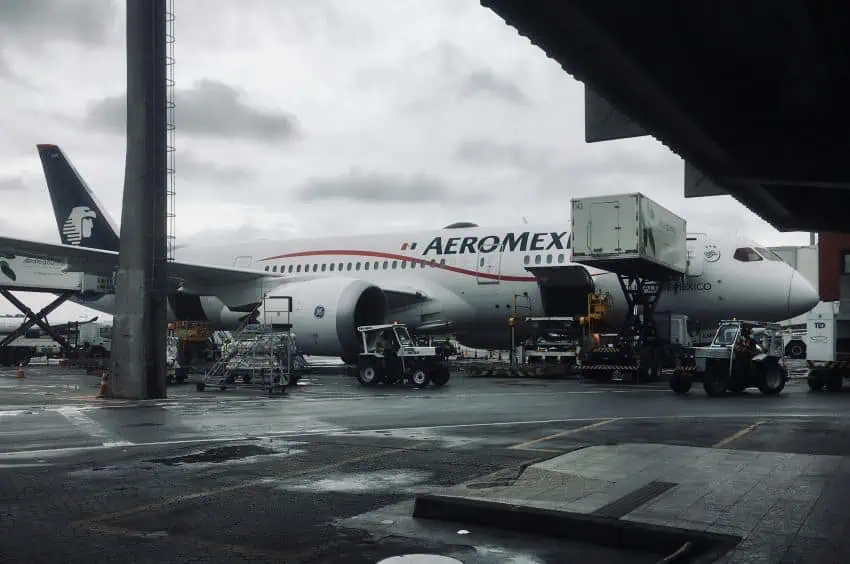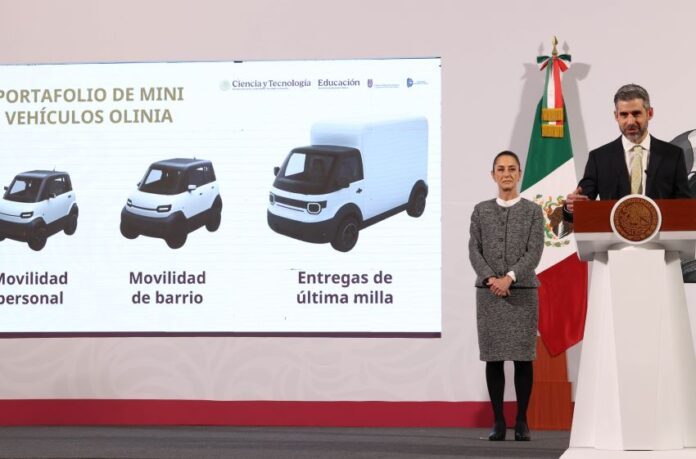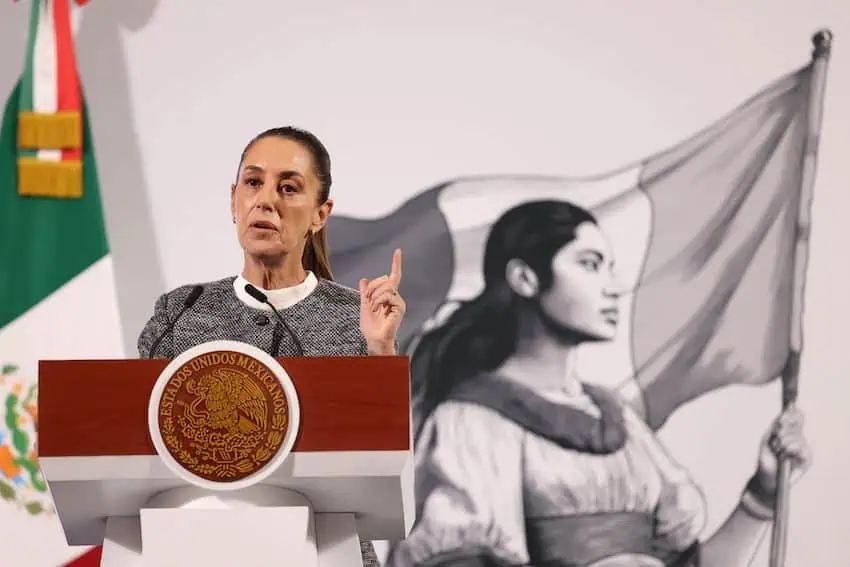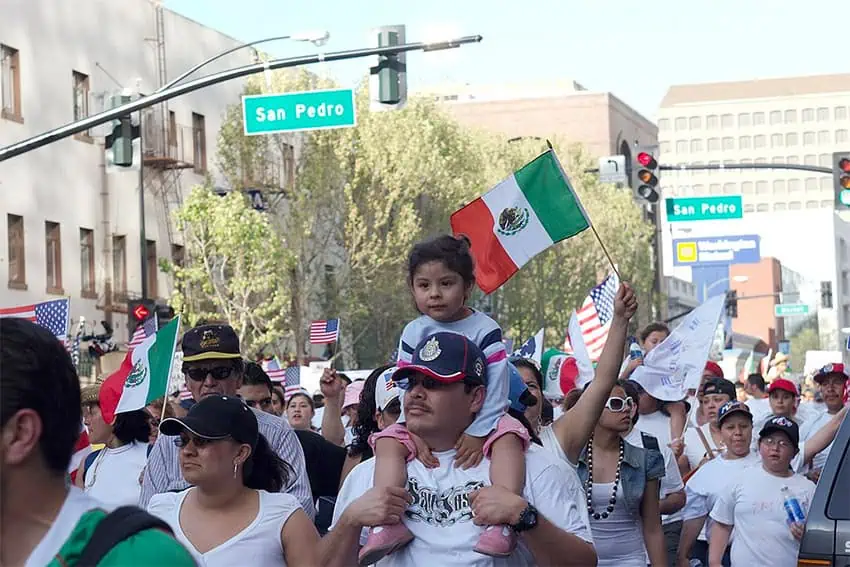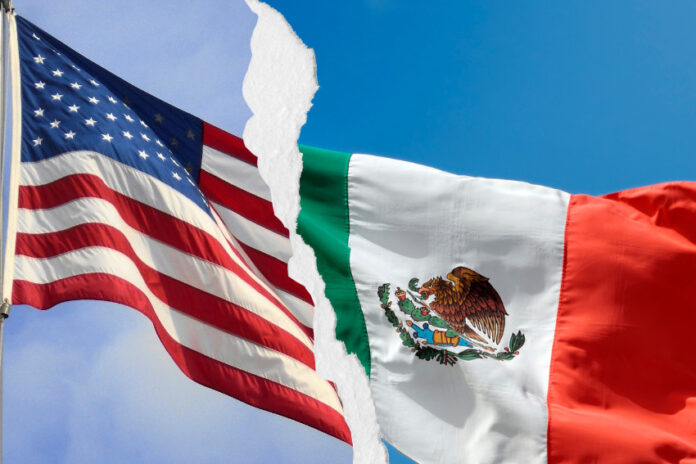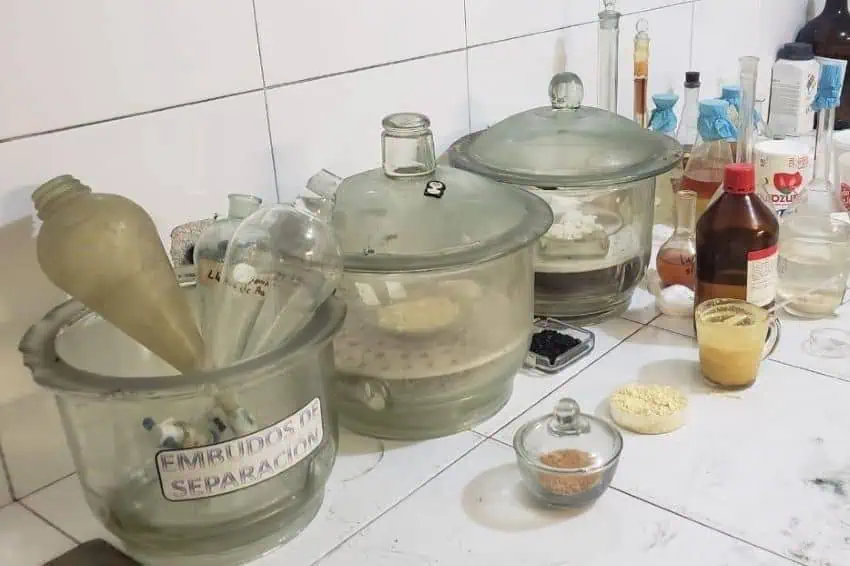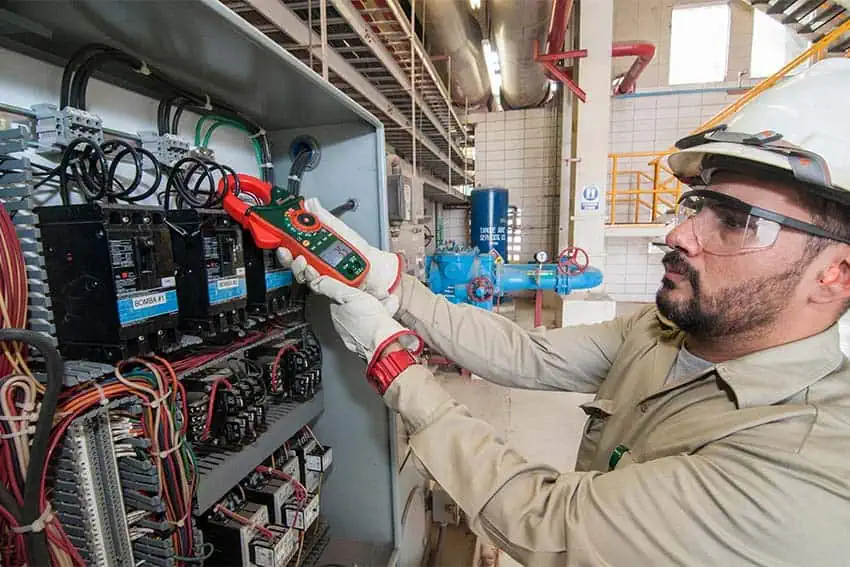Y’all know what my favorite feature is of the sidewalks in my city?
When I say “favorite,” by the way, I mean “most shocking.”

It’s the wheelchair ramps. If you weren’t already in a wheelchair before trying to brave them, trying to use them in a wheelchair would probably put you in a wheelchair.
Many of them are at full 45-degree angles. I don’t know if you’ve ever pushed someone around in a wheelchair before, but I can tell you that it is not as easy as it looks. And the upper-arm strength someone in an actual wheelchair would need to get up those ramps would necessitate comically muscly arms.
But fine. Let’s say you are Popeye and you make it up there. At least half the time, there will be nowhere else to go besides right back down the ramp. If you do this, of course, you risk gaining momentum on that 45-degree ramp for rolling straight out into traffic. The other option, amazingly, is suddenly not needing the wheelchair so you can walk off the curb or — I kid you not — down the steps.
It’s not easy to be in a wheelchair if you want to go exploring in Mexico.
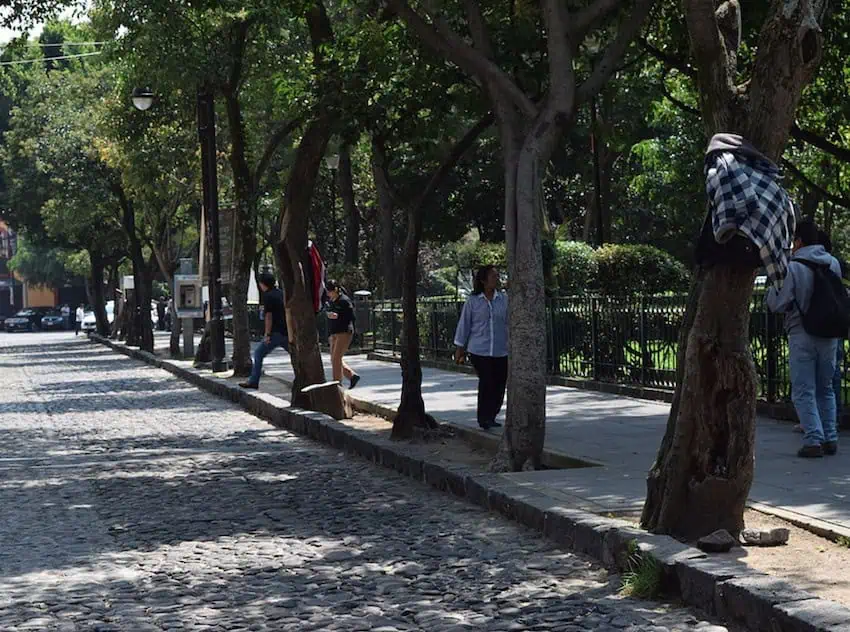
But really, it’s not even that easy to walk around Mexico, either.
Why?
The sidewalks.
The (several) problems of sidewalks in Mexico
Let me preface this by saying that Mexicans themselves do not seem to be bothered at all by the sidewalks. I guess it’s like growing up a Sherpa, unfazed by Mt. Everest.

But for us weakling imports, things can get scary!
Oh Mexican sidewalks, let me count the ways — that you could kill me.
Uneven concrete
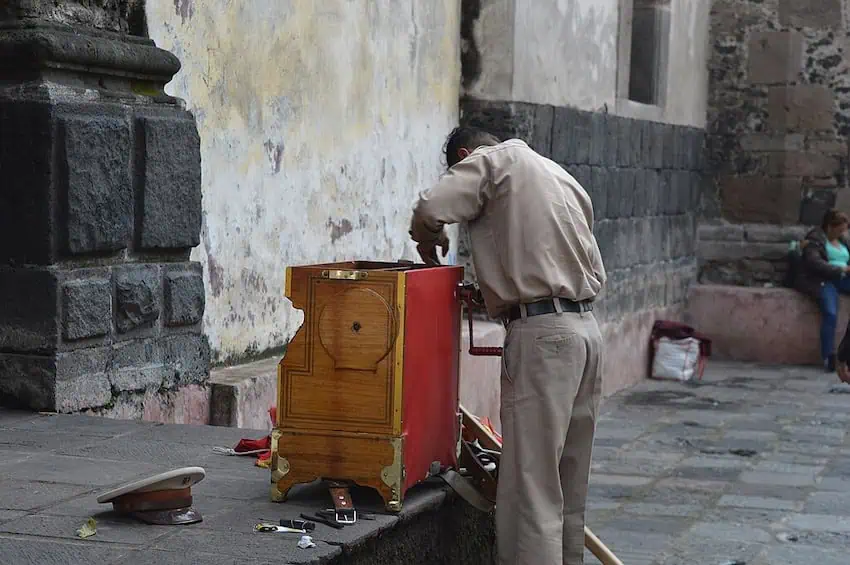
This, I know, is fairly common in most places. The difference between them here and, say, my hometown in Texas, is that it’s usually uniform by area. Nicer parts of the town can usually be expected to have nice, even sidewalks — not having to look down is one of the privileges. Older or less affluent parts of town might have bumpier ones, though I dare say they’re not as treacherous as Mexico’s.
Uneven widths
Another issue is how much space you’ve actually got on a sidewalk. It’s not consistent, and the width can fluctuate widely. You might be able to walk five abreast on one part, then need to switch to single-file. Sometimes this is because of obstructions — see below — but sometimes it’s just because of how things are built.
Narrow streets
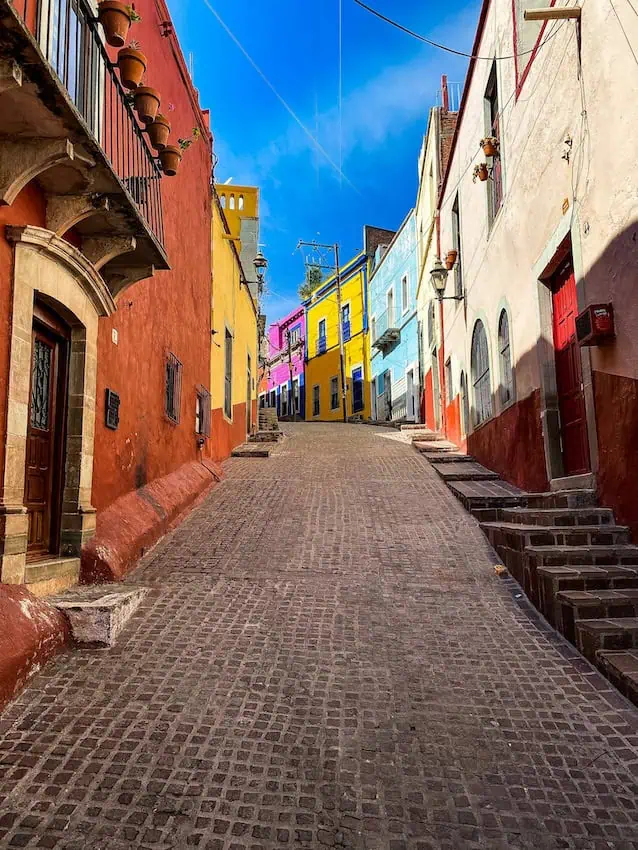
This doesn’t seem to have much to do with a sidewalk, but hear me out. The closer a vehicle has to drive to the curb, the closer the vehicle is to you and the sidewalk, my friend.
I still remember the shock of being hit, by someone’s rear-view mirror; that’s how close the car had to drive to the curb.
There’s a somewhat busy street I take on my way to downtown too that makes me feel close to death. Gigantic buses come rambling by on the narrow parts, which also happens to be a place where you must walk single-file on the sidewalk. One step down without paying attention, and your second life as a pancake begins!
Poles, parked cars, and other obstructions
Dodging things jutting out or taking up space on a sidewalk can be a kind of fun game with the right attitude. Throw in a hearty appreciation for the absurd, and you might even find ecstasy!
Need a telephone pole there? Oh, right in the middle of the sidewalk is fine. Pointy decorative window moulding right at eye level? Fabulous idea. Finding your way around a car considerately pulled up on the sidewalk to make room for other cars going by can also be a unique challenge. Houses might also decide to build some stairs right outside their doors, or perhaps a ramp for their garage, and tall people must look out for awnings and the like. If you like your ankles of the non-twisty variety, look alive!
The moral of the story? Just keep looking down, up, and all around. All the time. We didn’t get the mountain goat training as kids, so we’ve just got to power through it.
Happy sidewalk exploring!
Sarah DeVries is a writer and translator based in Xalapa, Veracruz. She can be reached through her website, sarahedevries.substack.com.
